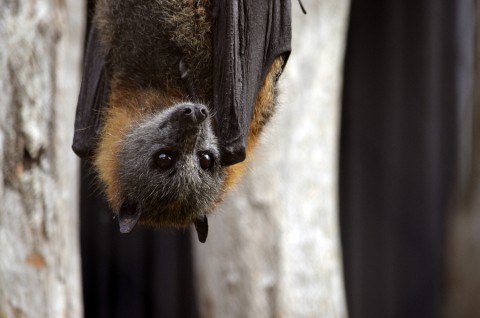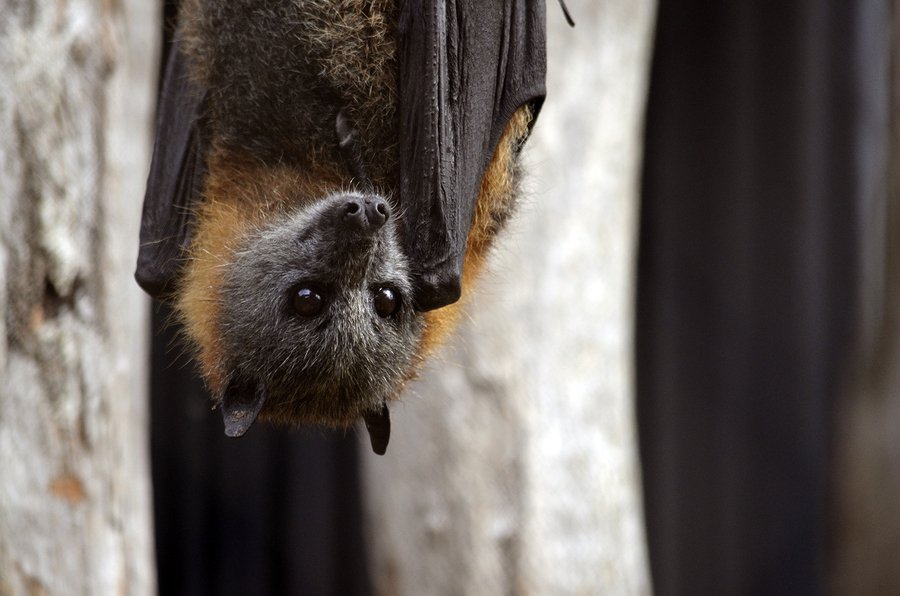
The Centers of Disease Control and Prevention (CDC) reports that “Every year, it is estimated that 40,000 persons receive a rabies prevention treatment called post-exposure prophylaxis (PEP) due to a potential exposure to rabies.” While it is true that rabies is more prevalent in wildlife such as fox, raccoons, squirrels and bats, the majority of human transmissions actually occur through cats, feral and domestic.
Feral cat populations in the United States are on the rise. Not only do they take their toll on native populations of songbirds, reptiles and amphibians, they are also linked to the increase in human exposure to rabies. The CDC says, “Cats are often in close contact with both humans and wild animals, including those that primarily transmit rabies. This creates a situation in which rabies may be more easily transmitted from to humans from cats.” In addition, pet owners vaccinate their cats much less often than they do their dogs. When roaming, a domestic cat may pick up the virus from a feral one.
Community groups who round up feral cats and relocate them to cat colonies help diminish the amount of feral cats in urban or suburban areas. Those cats are normally vaccinated, however the necessary rabies vaccine schedule poses unique challenges. In order to remain effective, the cat must be vaccinated every three years after the first two initial immunizations that take place in the first 18 months of a cat’s life.
Development of a vaccine that lasts longer may be one option, but for now the CDC warns that more people may be exposed to rabies through cats due to the fact that it is difficult for volunteer organizations to keep up with the vaccine schedule.
The American Veterinary Association reports that there are approximately 74 million pet cats in the United States. The estimates of feral cats vary from at least this many to well over 100 million. While only 1 or 2 deaths per year occur from rabies in the United States, many more people are exposed. Across the world, rabies kills more than 55,000 people annually. Estimated costs related to rabies add up to more than $300 million in the U.S. alone.
September 28th is set aside as World Rabies Day every year. Organizers promote events to raise rabies awareness, encourage pet vaccination and raise community participation in this important issue. For more information and to find out where events are being held, visit www.worldrabiesday.org
Useful References:
http://www.usatoday.com/story/news/nation/2013/08/17/feral-cats-colonies-rabies-risk/2665359/
https://www.avma.org/News/Journals/Collections/Pages/AVMA-Collections-Feral-cats-summary.aspx
http://news.nationalgeographic.com/news/2004/09/0907_040907_feralcats.html
http://www.chattanoogan.com/2013/8/23/257672/Journal-Article-Addresses-Feral-Cat.aspx









